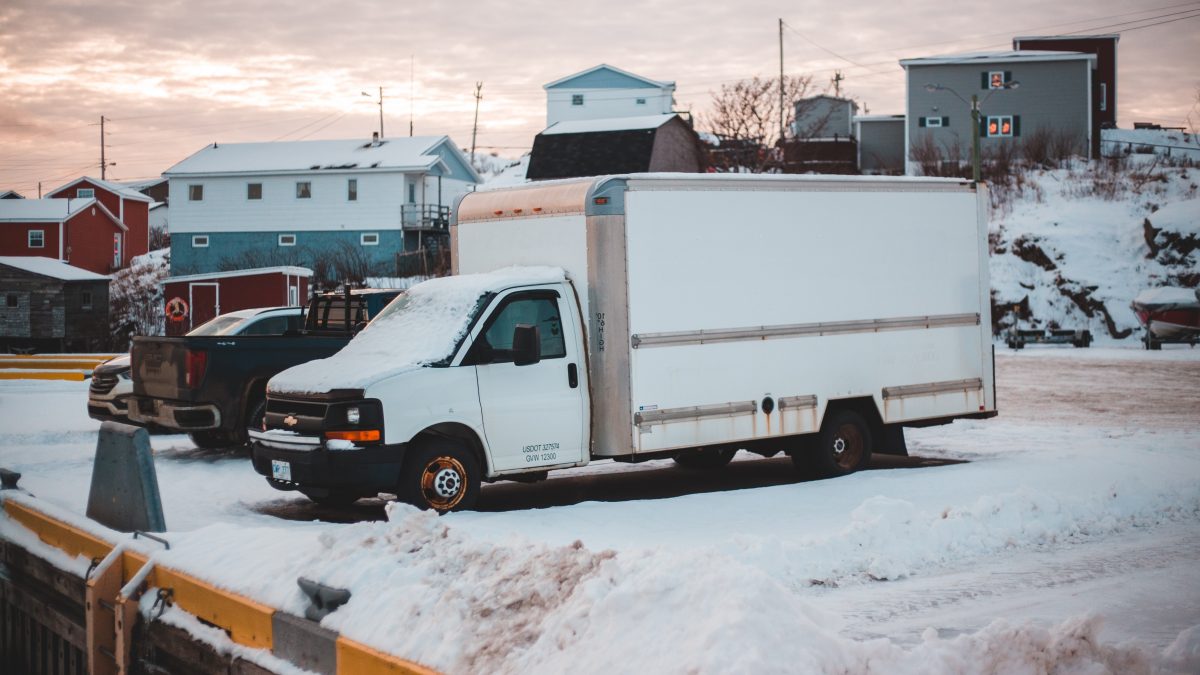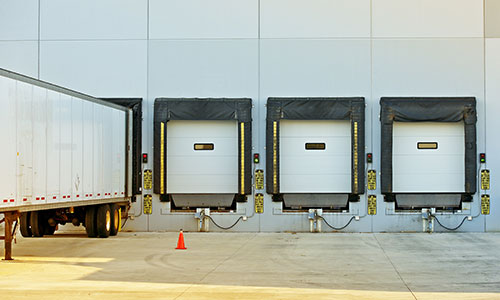As the business “cold chain” continues to develop, companies shipping produce are increasingly on the hunt for a refrigerated van logistics service. From fishmongers to caterers and pharmaceutical companies, fridge vans are most capable of keeping products at a cold and constant temperature. If you’re tired of seeing your produce go to waste at the hands of a piping hot engine, consider making the transition to refrigerated logistic carriers.
The Technology Behind Refrigeration Units
The type of insulation inside a refrigeration unit can make or break your entire operation. Inside the load space, there should be a thick and high-quality layer of insulation. Unlike household refrigerators, cold vans become exposed to the elements for extended periods, susceptible to ambient conditions such as direct sunlight, hot roads, and heat-generating engines.
Typical insulation products contain extremely high-density polymer foam that has billions of tiny air bubbles. Inside the load space, this type of insulation slows the ingress of heat. It dissipates the collected heat into the atmosphere to reduce load space temperatures.
Primary insulation components include:
1. Condenser
The condenser rests atop the van and contains an internal coil with a series of tubes and fins. Like in a car radiator, single or multiple fans pass air over the condenser coil, containing sealed refrigerant tubes. Inside the tubes, hot gas becomes liquid refrigerant, which dissipates heat into the atmosphere. The cooled liquid then enters the evaporator.
2. Evaporator
Here, similar to the condenser coil, the evaporator coil meters liquid refrigerant through a valve. The liquid then evaporates at a shallow temperature, absorbing heat. Fans circulate air over the coil and into the load space to reduce internal temperatures. Refrigerant gases exit at low pressure, returning to the compressor.
3. Compressor
The compressor takes low-pressure refrigerant gas from the evaporator to compress into a hot, high-pressure gas. It then forces the gas out into the condenser for the cooling cycle to go through another loop.
To preserve goods and prevent spoilages, refrigerated units need to function like clockwork. Before deploying your fleet, perform maintenance checks per journey. Even a single component out of working order can impact your operation and ruin your produce.
Whether early in the morning or late at night, logistic trucking companies should employ the proper techniques to preserve:
- Fresh produce
- Grocery items (dry or refrigerated)
- Beverages (water, sodas, and select spirits)
- Machinery (small to over-dimensional tools)
- Farm equipment (all sizes)
- Metals (scrap or structural)
Conclusion
The right insulation can put your fleet at an advantage when making job-site deliveries, multiple stop-overs, expedited deliveries, loading and unloading, and other long-haul requests. Speed isn’t the only factor that dictates an on-time delivery—in most cases, it’s how well-equipped your vehicles are.
At RJS Logistics, our shipping logistics span from the United States to Mexico and Canada. Whether dry or refrigerated, our high-quality vehicles can ship across town or country for your business. With over 20,000 carriers under contract with RJS, there’s no shortage of help we can provide your company. Thoroughly screened, we can guarantee that your products will arrive on time and in good shape.



